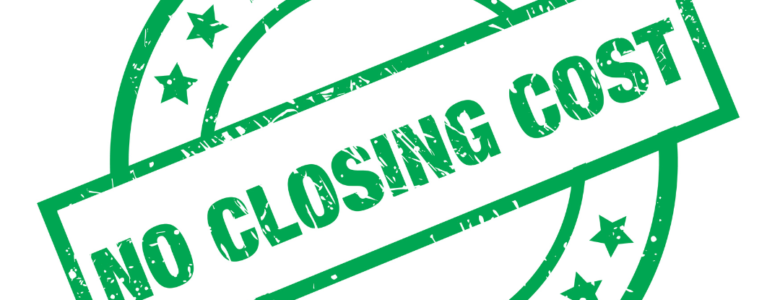Reverse mortgages can be a valuable financial tool for homeowners aged 62 and older, allowing them to convert part of their home’s equity into cash. However, a common concern among potential borrowers is the high closing costs associated with reverse mortgages. Enter the “no-closing-cost” reverse mortgage, a seemingly attractive alternative. But what does it entail? Are there any hidden traps? Let’s demystify the concept.
What is a No-Closing-Cost Reverse Mortgage?
Simply put, a no-closing-cost reverse mortgage is a reverse mortgage where the lender covers the upfront closing costs in exchange for a higher interest rate or a lower amount of proceeds. These closing costs include origination fees, title insurance, inspection and appraisal fees, and other associated costs.
Why Consider a No-Closing-Cost Reverse Mortgage?
The main appeal of a no-closing-cost reverse mortgage is its potential to save you money upfront. The closing costs for reverse mortgages can range from 2% to 5% of the loan amount, which can amount to several thousands of dollars. Opting for a no-closing-cost option allows you to bypass these upfront costs and potentially access the loan proceeds faster.
The Hidden Costs: Higher Interest Rates and Lower Proceeds
Nothing comes for free, and the same applies to no-closing-cost reverse mortgages. While you’re not paying the costs upfront, you’re still paying them. Here’s how:
- Higher Interest Rates: In exchange for covering your closing costs, the lender often charges a higher interest rate on the loan. This higher interest can accumulate over time and significantly increase the total cost of the loan.
- Lower Loan Proceeds: Another way lenders can recoup the closing costs is by reducing the amount of money you can borrow. Essentially, they deduct the closing costs from your loan proceeds.
Understanding the Trade-Offs
Opting for a no-closing-cost reverse mortgage is a trade-off between paying costs upfront or over time. Here are some considerations to help you make an informed decision:
- Consider Your Long-Term Plans: If you plan to stay in your home for a long time, the added interest cost of a no-closing-cost reverse mortgage can add up significantly over time, potentially exceeding the amount you would have paid in upfront closing costs.
- Assess Your Current Financial Situation: If you’re in a financial pinch and can’t afford the high upfront closing costs, a no-closing-cost reverse mortgage might be a viable solution. However, keep in mind the long-term implications.
- Estimate the Total Cost: Use a reverse mortgage calculator to estimate the total cost of the loan, including interest and fees, over the projected life of the loan. Compare this with the total cost if you paid the closing costs upfront.
- Get Professional Advice: Consult with a financial advisor or a Housing and Urban Development (HUD) counselor to understand your options better. They can provide personalized advice based on your financial situation and goals.
Therefore, a no-closing-cost reverse mortgage can be a useful tool for homeowners who need immediate financial relief and are willing to pay a higher interest rate or receive lower loan proceeds. However, it’s crucial to understand the trade-offs involved. As with any financial decision, it’s important to do your research, consult with professionals, and consider your long-term financial strategy before making a decision. Remember, a reverse mortgage, whether with closing costs or without, is a significant financial commitment that should not be taken lightly.








